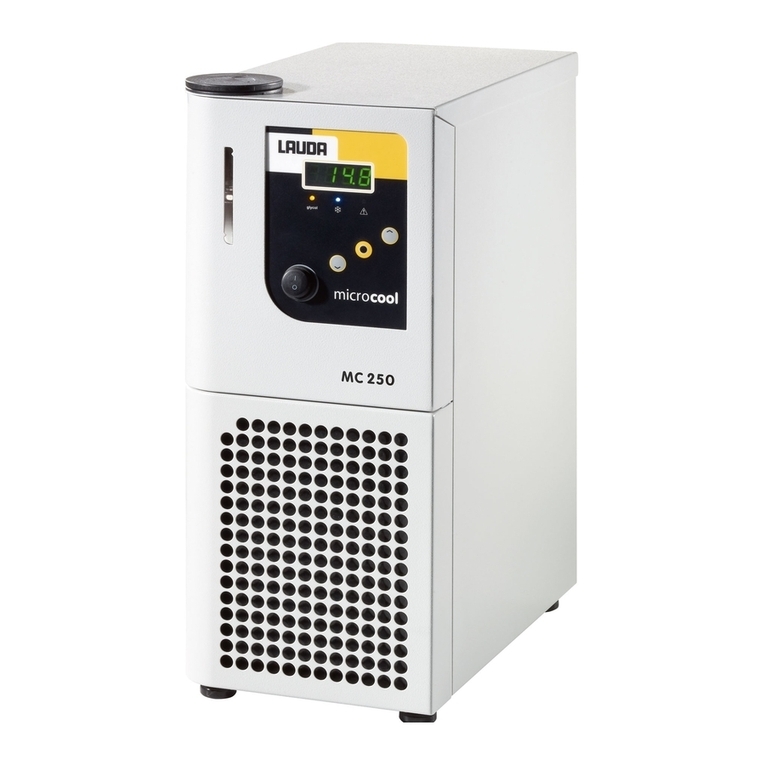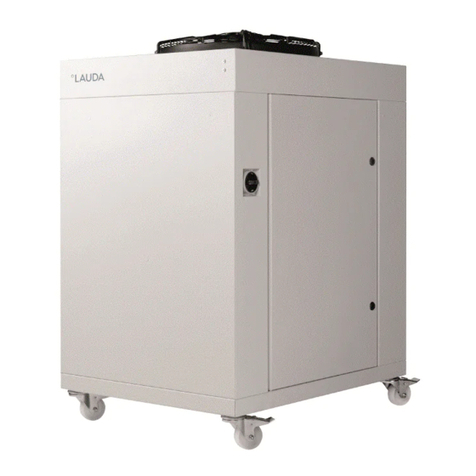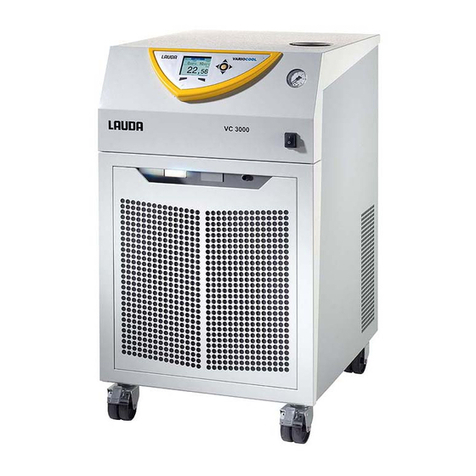
6.12.5 Limiting the current consumption......................................................................................................... 55
6.12.6 Configuring the alarm level for the fill level.......................................................................................... 55
6.12.7 Setting the alarm output......................................................................................................................... 56
6.12.8 Selecting the menu language................................................................................................................. 56
6.13 Entering the oset of the internal actual temperature (calibration)..................................................................... 57
6.14 Restoring the factory calibration (internal temperature probe)............................................................................ 57
6.15 Restore factory setting.............................................................................................................................................. 58
6.16 Device status............................................................................................................................................................... 59
6.16.1 Viewing the device status........................................................................................................................ 59
6.16.2 Reading the Error store........................................................................................................................... 59
6.16.3 Retrieving device data............................................................................................................................. 60
6.16.4 Retrieving the software version............................................................................................................. 60
6.16.5 Displaying device type............................................................................................................................ 60
6.16.6 Displaying serial numbers......................................................................................................................... 61
6.17 Programmer.................................................................................................................................................................. 61
6.17.1 Program example...................................................................................................................................... 61
6.17.2 Selecting the program............................................................................................................................. 64
6.17.3 Create and edit programs....................................................................................................................... 64
6.17.4 Defining program loops........................................................................................................................... 66
6.17.5 Starting, interrupting and ending a program......................................................................................... 67
7 Maintenance........................................................................................................................................................................ 68
7.1 General safety instructions........................................................................................................................................ 68
7.2 Maintenance intervals................................................................................................................................................ 68
7.3 Cleaning the device.................................................................................................................................................... 69
7.4 Checking the low-level protection........................................................................................................................... 69
7.5 Cleaning the air-cooled condenser.......................................................................................................................... 70
7.6 Cleaning the water filter............................................................................................................................................. 70
7.7 Descale cooling water circuit...................................................................................................................................... 71
7.8 Check the heat transfer liquid................................................................................................................................... 72
8 Faults.................................................................................................................................................................................... 73
8.1 Alarms, errors and warnings....................................................................................................................................... 73
8.2 Alarm codes................................................................................................................................................................. 73
8.3 Low level alarm............................................................................................................................................................. 74
8.4 Overtemperature alarm.............................................................................................................................................. 74
8.5 Warnings - control system......................................................................................................................................... 75
8.6 Warnings – safety system.......................................................................................................................................... 76
8.7 Warnings - SmartCool................................................................................................................................................ 77
9 Decommissioning................................................................................................................................................................ 79
9.1 Drain the device.......................................................................................................................................................... 79
V08 Variocool 5 / 97


































